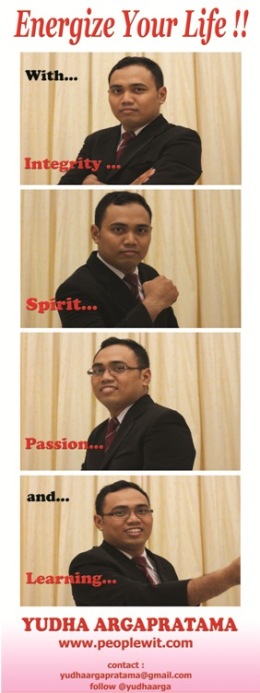MEASURING PERFORMANCE
We find, however, that most people rely on less-than-perfect measures to make decisions and that they do indeed place economic values on learning and performance when making such decisions as selecting products to use, choosing strategies for accomplishing tasks, assigning people to participate in projects, and selecting needs to address. One key to making better decisions is to share the expectations, criteria, and formulas for measuring and valuing performance.
Gilbert’s (1978) Behavior Engineering Model (BEM) is the classic model for measuring performance. It describes the relationships among behaviors, accomplishments, and performance. Behaviors are what people do, accomplishments are their outputs, and individual performance includes both behaviors and accomplishments. Consider the following three examples:
• In a restaurant, three waiters serve meals.
• In a garage, ten mechanics repair autos.
• In a clinic, twenty physicians treat patients.
The accomplishments in these examples are the served meals, repaired autos, and treated patients. The behaviors are the specific actions taken by the individuals who served meals, repaired autos, and treated patients. According to the BEM, an individual’s performance reflects both valued accomplishments and the costs of their behaviors.
To measure performance efficiently among the individuals in a group, try this Gilbert (1978) strategy:
1. Compare the accomplishments of typical and outstanding performers.
2. Identify patterns in their accomplishments. (For example, have the typical and outstanding performers reached the same levels of accomplishment? What are the differences in their patterns?)
3. Find the specific behaviors that contribute to the patterns.
When typical and outstanding performers work in the same environment,
their differences in accomplishment are often the result of small differences in their behaviors. The following case shows a real-life example of such differences.
Today, performance improvements are typically measured using return-on-investment (ROI). This formula compares the investment in a program with its return.
ROI = program benefits minus costs/program costs x 100
Source : Kavita Gupta, ASTD, 2007
 RSS Feed
RSS Feed Twitter
Twitter





